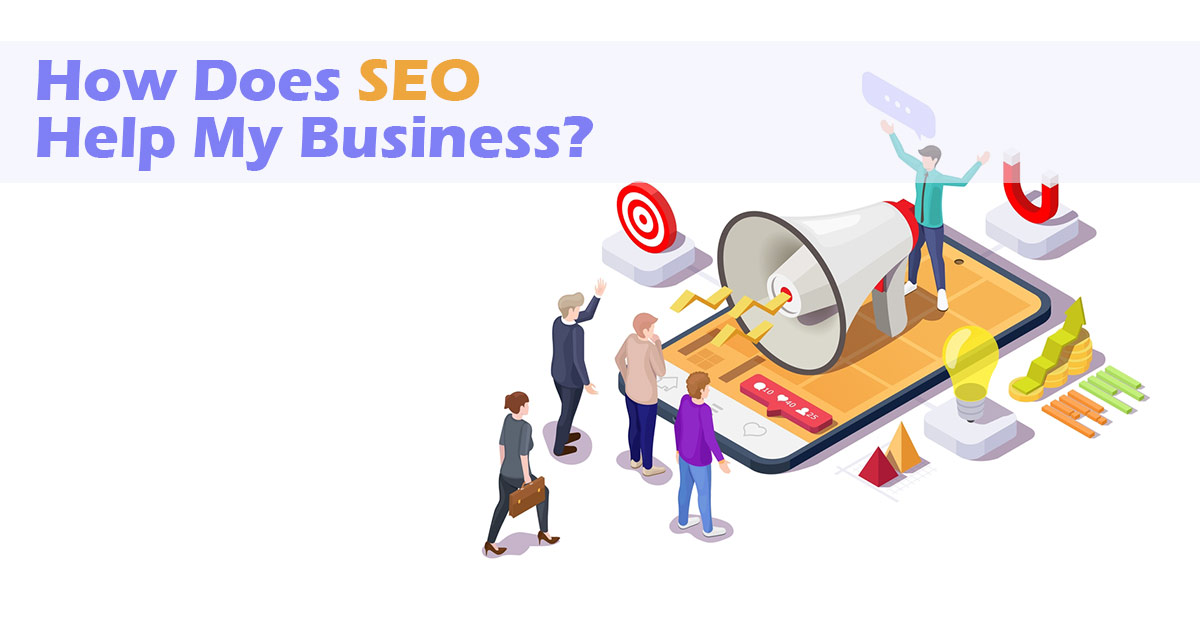If you’re a business owner, you’ve probably heard of SEO. But what is it, exactly? Search Engine Optimization (SEO) is the process of improving the visibility and ranking of a website or web page in search engine results pages (SERPs). In other words, it’s a way to increase the chances that your site will be seen and clicked on by potential customers.
There are two main types of SEO: on-page SEO and off-page SEO.
On-page SEO refers to everything you can do on your website to improve your ranking, such as optimizing your title tags and meta descriptions.
On the other hand, off-page SEO refers to activities like link building and social media marketing.
Both are important for showing up in search results, but they require different approaches. In this blog post, we’ll focus on on-page SEO. Keep reading to learn more about how it works and why it’s so important for businesses.
How On-Page SEO Works
On-page SEO is all about optimizing individual web pages to rank higher in search engine results pages (SERPs). That means making sure each page on your website is designed to attract both search engines and human visitors.
Here are a few key elements of on-page SEO
• Title tags:
The title tag is one of the most important elements of on-page SEO. This is the text that appears at the top of your web page and should be descriptive and concise. Make sure to include your target keyword in your title tag!
• Meta descriptions:
The meta description is the short paragraph of text that appears below your title tag in SERPs. Like the title tag, this should be concise and reflective of the content on your page. Again, make sure to include your target keyword!
• Headings and Subheadings:
Headings and subheadings help break up large blocks of text and make your content easier to read. They also give you an opportunity to work on additional keywords.
When writing headings and subheadings, focus on making them informative and interesting rather than keyword stuffing them. A long list of keywords. That will not only hurt your chances of ranking high in SERPs, but it will also turn off potential readers.
• Images:
Images are an important part of any website, but they’re also an opportunity to sneak in extra keywords. Whenever you upload an image, make sure to include alt text that describes what’s in the image and includes relevant keywords.
• Internal links:
Internal linking helps improve the user experience on your website and your site’s crawling ability. Make sure to link between related pages on your website whenever possible!
What about Offsite SEO?
Off-site SEO is the process of optimizing your website for external factors that can affect your ranking in SERPs. This includes things like link building and social media marketing.
Link building is the process of getting other websites to link back to your site. This helps improve your website’s authority, which is one of the main ranking factors for search engines.
Social media marketing is another important part of off-site SEO. By promoting your website and content on social media, you can increase your brand awareness and drive traffic back to your site.
How does SEO Actually Work?
To really understand how SEO works, you need to understand how search engines work. A search engine is a software program that crawls and indexes the data on the Internet.
Crawling is the process of going through all the websites and pages on the internet, and indexing is the process of saving and organizing that data so it can be easily searched.
Whenever you type a query into a search engine, it searches through all the indexed data to find the most relevant results.
To do this, search engines use algorithms, which are a set of rules that determine how websites should be ranked in search results.
There are hundreds of different ranking factors that search engines take into account when determining which results to show for a given query.
Some of the most important ranking factors include things like the quality of your content, the number and quality of links pointing to your website, and your website’s authority.
SEO is all about understanding how search engines work and what they look for when ranking websites.
It’s also about understanding how people use search engines and what kinds of queries they are likely to enter.
By understanding these things, you can optimize your website to make it more likely to rank high in SERPs for the right keywords.
Sum Up About Main Targets For SEO:
Hopefully, this has given you a better understanding of what on-page SEO is and how it works. As we mentioned, it’s just one piece of the puzzle when it comes to ranking high in SERPs.
But if you take care to optimize each individual web page, you’ll be well on your way to attracting more visitors – -and customers – -to your site!

